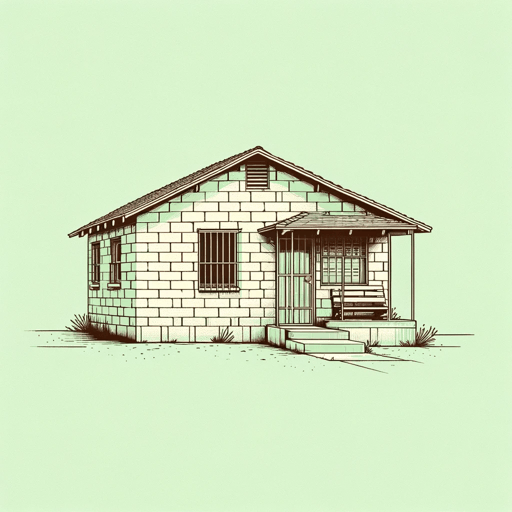53 pages • 1 hour read
Patricia BeattyLupita Manana
Fiction | Novel | YA | Published in 1981A modern alternative to SparkNotes and CliffsNotes, SuperSummary offers high-quality Study Guides with detailed chapter summaries and analysis of major themes, characters, and more.
Essay Topics
Lupita Mañana, written in the early 1980s, was an accurate depiction of the plight of Mexican and Mexican American pocho families. What has changed culturally for migrant workers since the book’s publication? What does it imply that the situation faced by Mexican migrant workers today is actually very similar to that of Lupita and Salvador?
Whenever there is a great natural disaster—such as a volcano, earthquake, or persistent drought—and whenever there is armed conflict between nations, large numbers of people lose their homes and livelihoods and must travel to distant countries to start new lives. These people are called refugees. When disaster claimed the life of Lupita’s father, to keep her family’s home, she and her brother likewise were required to travel a great distance and start new lives. Lupita and Salvador are called immigrants. Is there any real difference between a migrant and a refugee? We think of refugees as groups of people fleeing from a communal disaster. Can a personal disaster turn someone into a refugee? How so, or why not?
By the end of the novel, readers have been exposed to the rather elaborate American social ladder on which Lupita and Salvador occupy the lowest rung. At the top are the gringos, US citizens, all of whom the Torres children perceive as being rich.

